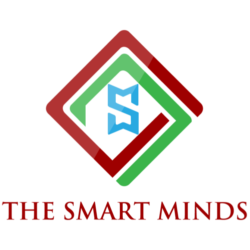How Bitcoin Works
The purpose of this book is to save you time. I have found that trying to understand Bitcoin is tedious and time-consuming. In fact, it can take hundreds and hundreds of Google searches. When I was doing my research, I found several references that Bitcoin was like a rabbit hole. Once you find an answer, it leads to more questions.
It was very frustrating researching Bitcoin, so I decided to write this book to save you time. It is written in a non-technical format, although if you are not computer literate, it could be somewhat challenging. I have added a glossary at the end so that you can look up some of the terms that are used.
While I have tried to make Bitcoin easy to understand, in some ways, that is not possible. Thus, some of the concepts will stretch your brain even with non-technical language. I did not want to write a simplistic book that does not explain how Bitcoin works. I wanted to provide something that gives you enough information that you can feel comfortable knowing how it works.
I am not a Bitcoin developer or Bitcoin expert. I am a layman who wants to understand how it works. The reason for my interest is from an investor’s viewpoint, and also as a user of Bitcoin. If I am going to own and use Bitcoin, then I want to know how it works.
The title claims that it is everything you need to know. Of course, that is a bit of hyperbole. You could say that it is almost everything you need to know. I’m not a Bitcoin expert, and this book will not make you a Bitcoin expert either. There are so many layers to Bitcoin that it would take a book much denser than this one to explain everything.
As a disclaimer, I might not have gotten everything correct. Please do your own due diligence. In fact, a lot of the contents of this book are my opinion, and others may disagree with me.
I wrote and edited this book myself. It is an original work. I wanted to put it into my words so that I would learn as I went. It should have a fresh feel to it since many of the topics were learned as I wrote it.


